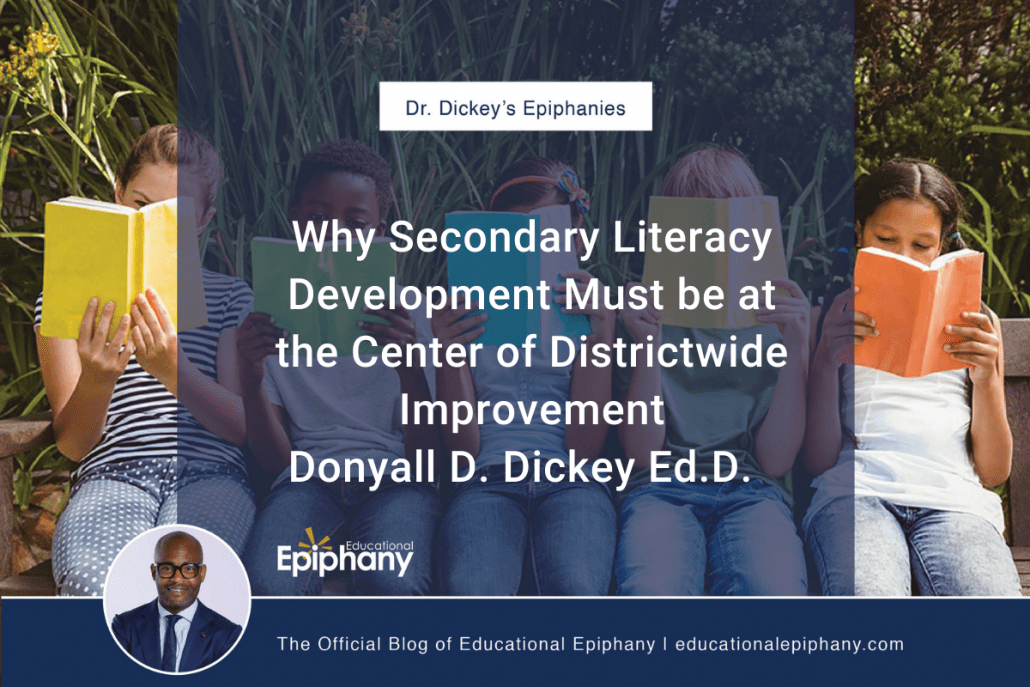During my career as a teacher, principal and district administrator, I have seen firsthand that many secondary students experience difficulty reading. Why is this? In trying to answer this crucial question, I’ve come to propose that secondary literacy development must be at the center of districtwide improvement efforts.
To confirm my hypothesis and help school and district leaders to formulate authentic, pre-K–12 literacy development action plans, I made it an effort to engage with elementary, middle school, and high school children across the country for the purpose of having them read to me while I noted their miscues for strategic analysis. Literacy experts refer to this data collection process and instrumentation methodology as taking a “running record,” which should be utilized every 6 to 8 weeks with children who are striving to read fluently.
One student I met in particular stood out for me and I am forever marked by my interaction with him. He is a high school upperclassman who said a few words to me that I will not easily forget.
He said, “Dr. Dickey, I have never liked to read because I am not good at it, but I will read for you if it will help you to help other kids.” He continued, “I don’t read well because I see the letters on the page, but I don’t know how to say them.”
What was the 15-year-old trying to tell me?
He was simply trying to tell me that he has difficulty decoding. He was trying to tell me that he does not understand the relationship between the smallest unit of writing and the smallest unit of sound. He was trying to tell me that he is unfamiliar with the relationship between the 26 letters in the alphabet, the 44 correlate phonemes (sounds that the 26 letters make), and the 144 graphemes (total number of ways to represent or spell the 44 phonemes).
This 15-year-old was trying to tell me that he never attained phonemic awareness, nor did he master phonics—the ability to correlate sounds with letters or groups of letters in the alphabetic writing system. He was trying to tell me tell me that he doesn’t know what sounds are produced when he sees letters and letter combinations in writing.
Unfortunately, he is not alone. I meet children everyday with this same debilitating and pervasive academic deficit.
My time spent with this student and current empirical research supports the argument that if most of his “during-reading brain power” is focused on decoding, that it will be very unlikely that he will be able to subsequently: (1) recall what he reads, (2) conceptually understand what he reads, and (3) use what he reads to ascend the pyramid of cognitive demand (i.e., think critically, write effectively).
For instance, as he read to me, he paused several times with a look of fear and embarrassment on his face, noting, “I told you that I am a terrible reader Dr. Dickey.” Each time, I allayed his concerns and took note of when he paused to express his feelings about reading. Without exception, each instance was correlated with: (1) his inability to decode, (2) understand what he was reading, and (3) use what he was reading to make sense of what the author of the text was attempting to communicate to him as the reader. His “during-reading brain power” was in a constant state of imbalance and he knew it, which resulted in never-ending frustration about reading and ultimately impacted his academic confidence.
Imagine this student’s daily experience for 180 days, each year, in school. Imagine having to sit in English, social studies, science, or even a mathematics course each day, week, and month besieged by the paralyzing fear of being called upon to read aloud.
Unfortunately, each day, millions of children are sitting in our secondary classrooms with the same anxieties and incapacitating knowledge gaps. As a result, children who most need access to high-quality instruction are locked out by action and inaction of the very institution that was designed to, with all deliberate speed, give them what they need to thrive.
Permit me to issue a call to public educators who serve in the interest of children and families! Let us separate ourselves from the busy work of school and district leadership; that work will always be par for the course. Let us focus on the cornerstone of student achievement, which is literacy development. Let us, once and for all, refrain from “rearranging the chairs on the deck of the Titanic” in the name of school reform. Instead, let us meet them where they are with what they actually need.
As I have maintained, my volunteer readers’ knowledge and ability gaps are not uncommon. In whichever state I find myself supporting schools and districts, it is widely known that vast numbers of children read multiple grade levels below developmental expectations, with poor and minority children at the bottom of every distribution. How long are we going to sit with this problem? We have to solve it with a finite number of actionable, measurable, and replicable commitments to our children.
What are those commitments?
- Provide teachers and everyone on our students’ instructional bench with ongoing training on delivering and supporting pre-K–12 instruction characterized by attention to phonemic awareness, phonics, vocabulary development, fluency, and comprehension strategies
- Know and make strategic use of each student’s data and develop an informed plan of action to fill any and all gaps. No child should be permitted to languish in illiteracy; and
- Ensure that each member of our students’ ecosystem exercises “instructional due care” by never allowing a single child to be underserved—not even for a moment.
Now, let us collectively produce a schooling experience for our children that is worthy of consumption. After all, underperformance is not about the zip code. Underperformance is about the instruction in the zip code.
Donyall D. Dickey, Ed.D. is the lead author for Scholastic Literacy and Chief Executive Officer of Educational Epiphany. For more, follow him on Twitter @DonyallD.

